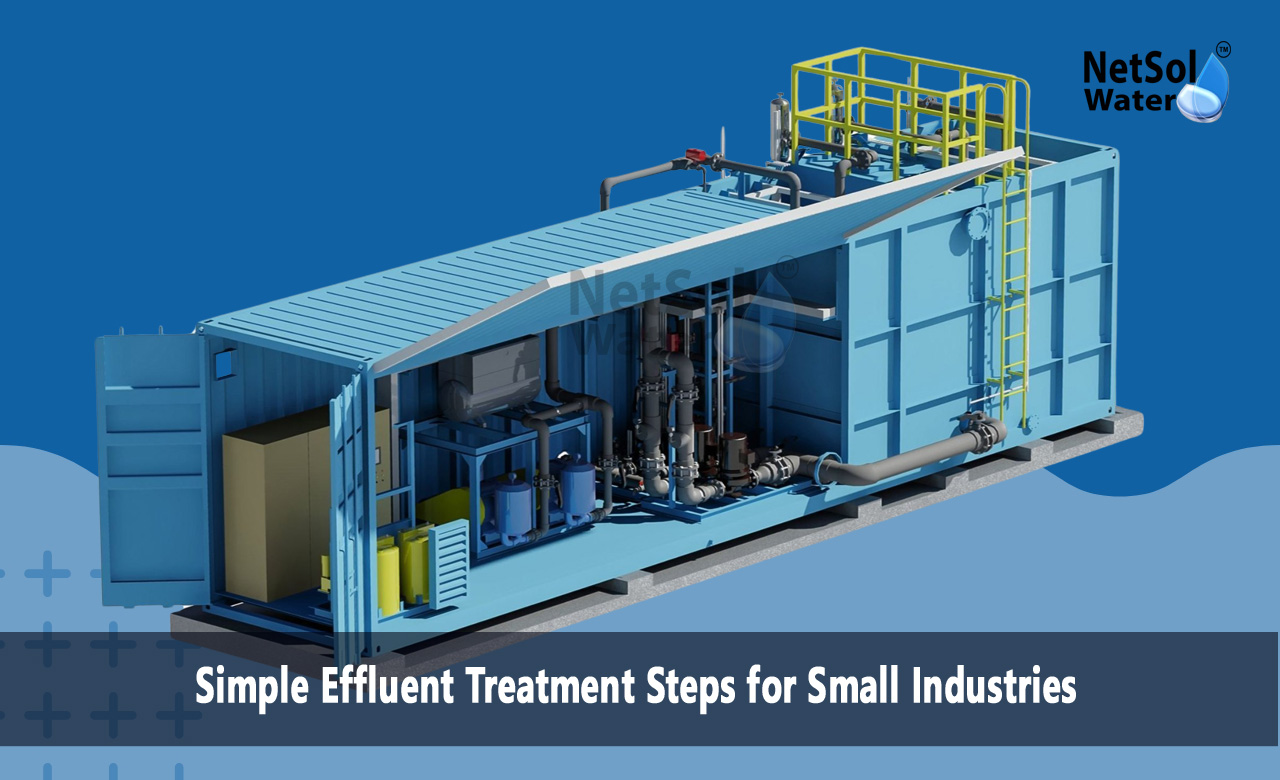Simple Effluent Treatment Steps for Small Industries
Waste water from small industries can harm the environment when it leaves processes without treatment. Effluent treatment helps remove dirt and chemical waste before water returns to nature. Small factories need simple and clear steps to meet rules and protect water. Laws ask every small industry to treat its water before release. Effluent treatment steps can fit small budgets and grow as the business grows. Each part plays a clear role in removing solids and breaking down waste. Netsol Water stands out as a leading effluent treatment plant manufacturer in this field and uses pure design to ensure every step works well. Small industries can enjoy clear plans and strong field support.
Screening and Grit Removal
Screening and grit removal form the first stage of simple effluent treatment. They stop large debris and heavy particles from harming pumps and pipes. Let us have a look at some key parts of this step.
Coarse Screening: Coarse screening uses bars or mesh to trap large objects. It stops wood and plastic from moving forward. Staff clear the trapped waste by hand or with simple tools to keep the screen free.
Grit Chamber: The grit chamber slows down water flow so sand and grit settle at the bottom. Workers remove the settled grit by a hopper or conveyor. This step protects equipment and extends its life.
Primary Sedimentation
Primary sedimentation removes settleable solids by letting them drop out. Primary sedimentation forms a key part in a system built by an effluent treatment plant manufacturer like Netsol Water. It reduces the load on later stages. Let us have a look at some critical parts of this step.
Settling Tank: In the settling tank water moves slowly to let solids sink to the bottom. Flat or sloped floors guide the solids to a collection area. Clear water leaves over a weir at the top.
Sludge Skimming: The skimming device collects floating solids at the surface. Workers remove the skimmed material to a storage tank. This process prevents grease and oil from moving forward.
Biological Treatment and Secondary Clarification
Biological treatment and secondary clarification tackle organic matter and microbe removal. They help to meet discharge standards. Let us have a look at some main parts of this step.
Aeration Tank: In the aeration tank air mixes with water to feed microbes that eat organic waste. Diffusers or mechanical devices add oxygen. Microbe clumps form and trap more pollutants.
Secondary Clarifier: The clarifier slows water flow so microbe clumps settle by gravity. Clear water leaves the top outlet. Settled biomass returns to the aeration tank or goes to sludge handling.
Disinfection and Sludge Handling
Disinfection and sludge handling make the treated water safe and handle solids left from earlier steps. They complete the treatment process. Let us have a look at some key parts of this step.
Disinfection: Disinfection can use chlorine or ultraviolet light to kill harmful microbes. Staff monitor dosage and contact time to ensure safety. This step does not add solids to the water.
Sludge Dewatering: Dewatering uses filter presses or belt presses to remove water from sludge. The dry cake moves to disposal or reuse. This step cuts volume and saves on handling costs.
Conclusion:
Netsol Water leads as an effluent treatment plant manufacturer that builds each system with care and precision. Trust Netsol Water to deliver clear systems that you can maintain with ease. Our experts stand ready to assist you from design to installation and beyond. Request a consultation to receive a tailored plan for your site. Reach out now and let our team help your business.
Contact Netsol Water at:
Phone: +91-9650608473, Email: enquiry@netsolwater.com



